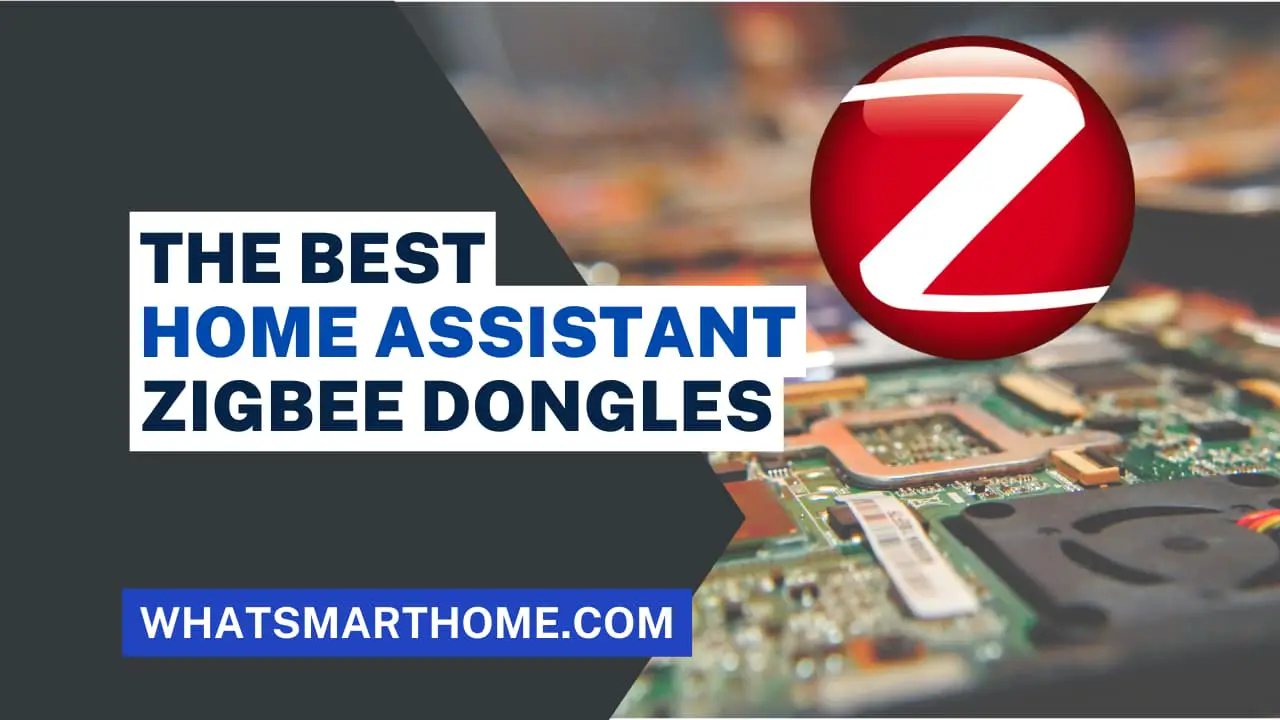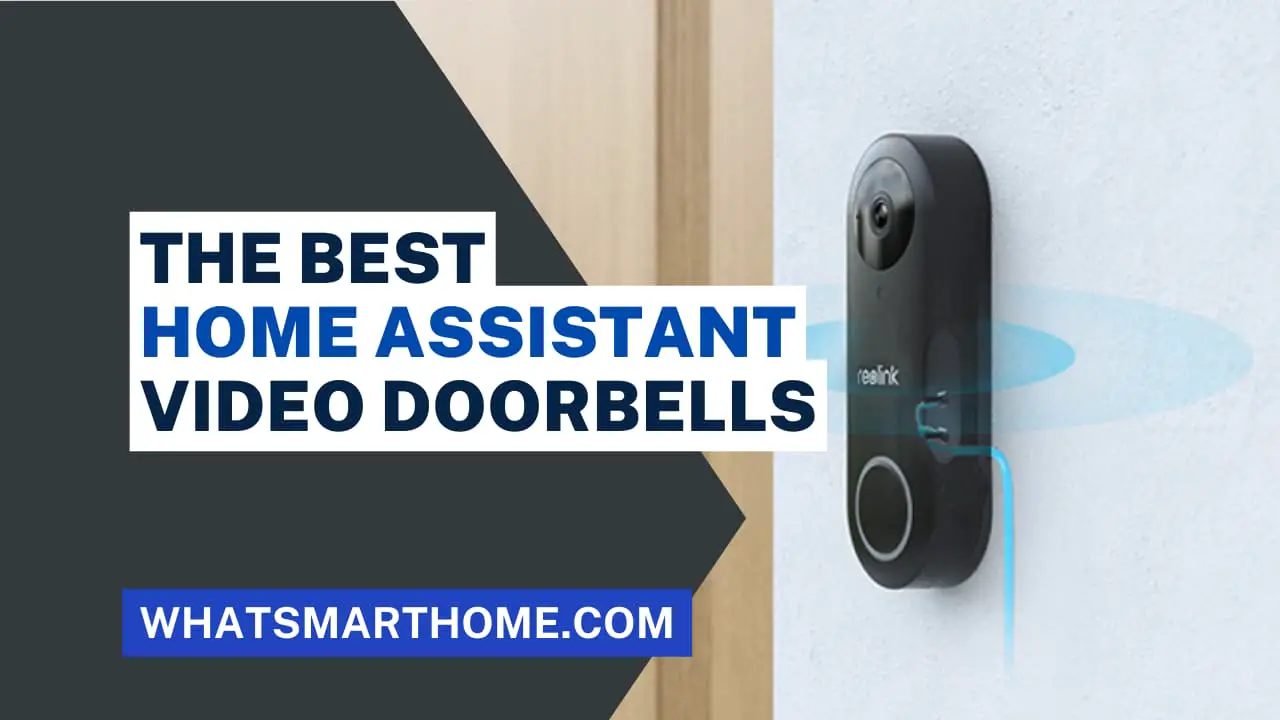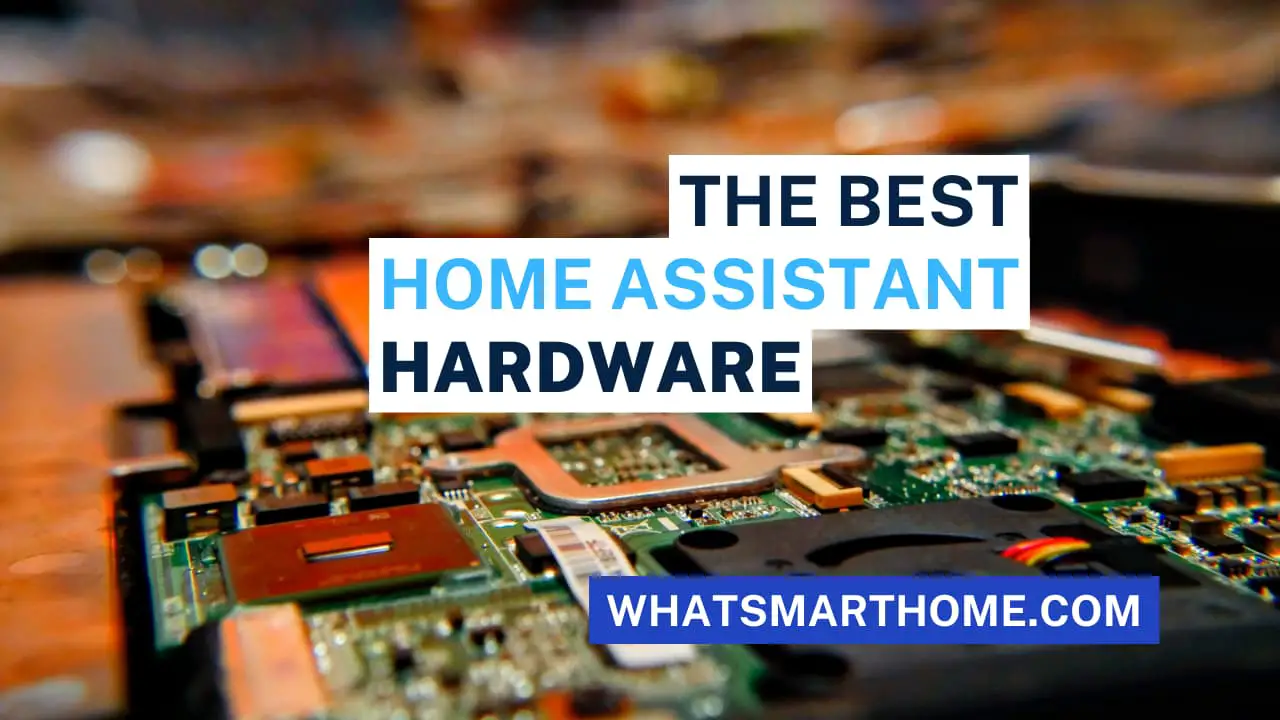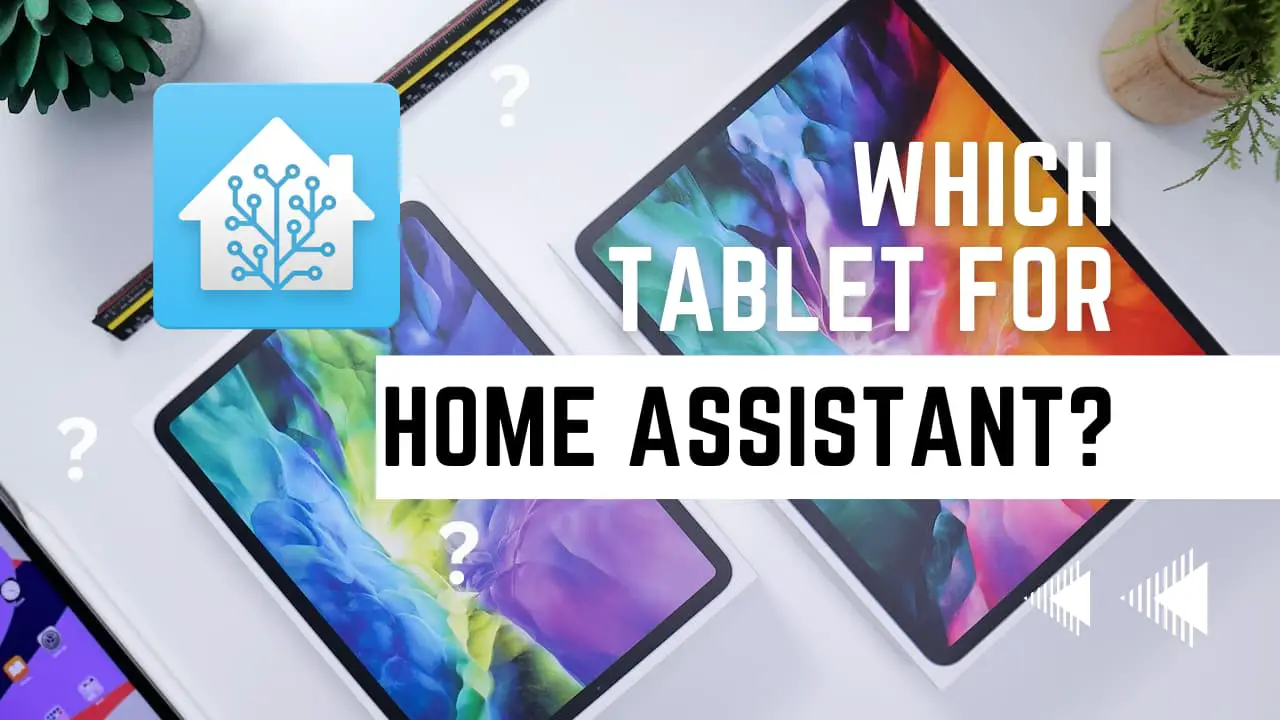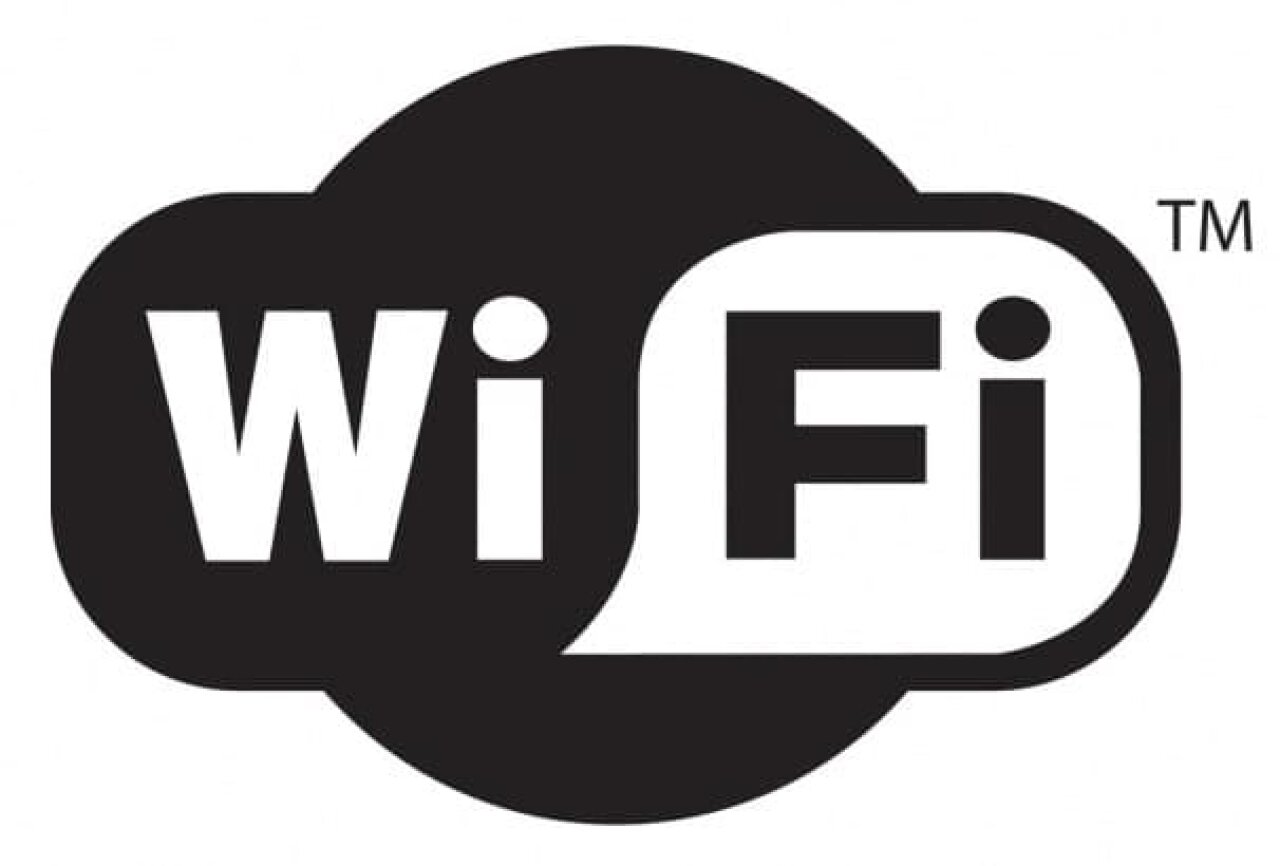
In our smart homes, Zigbee has long been a leading player, offering low-power, low-cost solutions for various applications. However, as technology evolves, new alternatives have emerged and existing alternatives have improved, each with its own set of features and capabilities.
In this article, I will explore some of the leading Zigbee alternatives, comparing their strengths and weaknesses to help you make informed decisions for your smart home projects.
Introduction to Zigbee Technology
Zigbee is a low-power, low-data rate wireless networking protocol used for connecting Internet of Things (IoT) devices. It operates on various unlicensed radio bands with data rates ranging from 20 to 250 kbps.
Zigbee applications
Zigbee is implemented in applications that require low data rates and maximized battery life.
Common applications include home automation devices, sensor networks, medical devices, building automation, and industrial controls.
Issues with Zigbee
While Zigbee excels at remote battery-powered devices, it has limitations in range, bandwidth, number of nodes, and security. Thus alternatives may be preferred depending on the use case.
Zigbee alternatives
Several wireless protocols exist as alternatives to Zigbee for IoT networks, offering different advantages. We will explore Wi-Fi, Bluetooth LE, Thread, and Z-Wave.
Wi-Fi
Wi-Fi refers to wireless local area network (WLAN) products based on the IEEE 802.11 standards. It offers high data rates but consumes more power.
Advantages of Wi-Fi
High bandwidth supporting media-rich applications
Ubiquitous - supported on most devices
Long range up to 100 meters outdoors
More secure encryption protocols are available
Disadvantages of Wi-Fi
High power consumption decreases battery life
Overkill for many basic IoT sensor applications
Lack of optimized low-power operations
Check out my Zigbee vs Wi-Fi article for further information about this Zigbee alternative.
Bluetooth LE
Bluetooth Low Energy (BLE) was introduced in Bluetooth 4.0, offering low-power operation. It excels at short-burst data transfers.
While not designed primarily for smart home automation, Bluetooth LE can be used for simple applications like controlling lights or appliances directly from your phone.
Advantages of Bluetooth LE
Very low power consumption
Already supported in most smartphones/tablets
Good for simple device communication
Disadvantages of Bluetooth LE
Smaller range under 40 meters
Limited bandwidth supports low data rates
Potential interference from crowded Bluetooth space
Thread
Thread is an IPv6-based wireless mesh network protocol focused on smart home devices, maximizing security and interoperability.
Advantages of Thread
Secured and authenticated network
Interoperable between Thread devices
Optimized for low-power battery operation
Robust mesh networking
Disadvantages of Thread
Less widespread support currently
Requires IPv6 based networks
Lower bandwidth than Wi-Fi
Z-Wave
Z-Wave is a wireless protocol used primarily for home automation, control, and status-reading applications.
Advantages of Z-Wave
Optimized for reliable low-bandwidth communication
Very simple and inexpensive to implement
Great battery life - years on a single charge
Disadvantages of Z-Wave
Proprietary technology limits compatibility
Lower bandwidth limits data transfer speeds
Shorter range under 100 feet
I wrote a helpful article that directly compares Z-Wave to Zigbee which can be found here.
Comparison of alternatives
Feature | Zigbee | Z-Wave | Wi-Fi | Thread | Bluetooth LE |
|---|---|---|---|---|---|
Protocol Type | Mesh | Mesh | Star (with access point) | Mesh | Star (with central device) |
Range | Up to 30m (100ft) | Up to 30m (100ft) | Up to 30m (100ft) | Up to 30m (100ft) | Up to 10m (30ft) |
Speed | Low | Low | High | High | Moderate |
Latency | Moderate | Low | Variable, can be high | Low | Moderate |
Power Consumption | Very low | Low | Moderate to high | Very low | Low |
Device Density | High | High | Moderate | High | Moderate |
Security | AES-128 encryption | AES-128 encryption | WPA2 encryption | AES-128 encryption | AES-128 encryption |
Complexity | Moderate | Moderate | High | Moderate | Low |
Cost | Moderate | Moderate | High | Moderate | Low |
Hub Required | Often required | Sometimes required | Not required | Sometimes required | Not required |
Typical Devices | Sensors, lights, locks | Sensors, locks, light switches | Streaming devices, appliances | Lights, thermostats, hubs | Fitness trackers, beacons, headphones |
Advantages | Mesh network for reliability, low power consumption, good range | Reliable, secure, good for security systems | High speed, familiar technology | Mesh network for scalability, secure, low power | Simple, low power, direct connection |
Disadvantages | Lower speed, may require hub, limited device compatibility | Lower speed than Wi-Fi, may require hub | High power consumption, complex setup, security concerns | Requires hub for some devices, limited range | Short range, not ideal for complex setup |
In summary, Wi-Fi provides the highest bandwidth but lower battery life. Bluetooth LE excels at low-power simple device communication, Thread offers a secure and robust mesh network, and Z-Wave provides inexpensive battery-powered operation.
Transitioning from Zigbee to Alternatives
If you're considering transitioning from Zigbee to an alternative technology, it's crucial to plan carefully to minimize disruptions and ensure a smooth migration process.
This may involve updating hardware, reconfiguring network settings, and testing compatibility with existing devices.
Conclusion
The Zigbee alternatives explored have tradeoffs depending on the use case requirements - data bandwidth needs, battery-powered or wired power sources, device cost sensitivity, and security protocols. Wireless protocols constantly evolve, so alternatives like Wi-Fi HaLow promise improvements in supporting IoT networks.
Recommendations
For a modern future-proof smart home network I would recommend choosing smart home devices that use Thread and are Matter compatible.
Thread currently provides the best combination of security, interoperability, and battery life optimization and has the benefit of being an open standard ensuring your devices are not restricted to one specific vendor's ecosystem.
Z-Wave as an alternative to Zigbee could also be a good choice as its proven technology excels at simple reliable communication.
As requirements expand to media devices, Wi-Fi increasingly becomes the standard. We can expect more hybrid approaches to combining these in the future.
FAQs
Frequently Asked Questions
What are the most popular Zigbee alternatives?
The most popular Zigbee alternatives are Wi-Fi, Bluetooth LE, and Z-Wave. These are widely adopted wireless standards for connecting IoT devices.
Is Wi-Fi better than Zigbee?
Wi-Fi provides higher data bandwidth compared to Zigbee but consumes more power. So Wi-Fi is better for high throughput media devices, while Zigbee is better optimized for multi-year battery-powered sensor networks.
Why are people looking for Zigbee alternatives?
While Zigbee offers several advantages, such as low power consumption and mesh networking capabilities, it also has limitations, including range constraints and potential
What technology has the longest range compared to Zigbee?
Z-Wave can achieve the longest range, over 300 feet in optimal conditions, compared to Zigbee's typical 100-foot range. Wi-Fi also provides a longer range than Zigbee with outdoor capability of up to 100 meters.
Which Zigbee alternative is the most energy efficient?
Bluetooth LE and Thread have been optimized specifically for low-power battery-operated networks. Bluetooth LE has the potential for greater energy savings for applications that require very simple data transactions.


